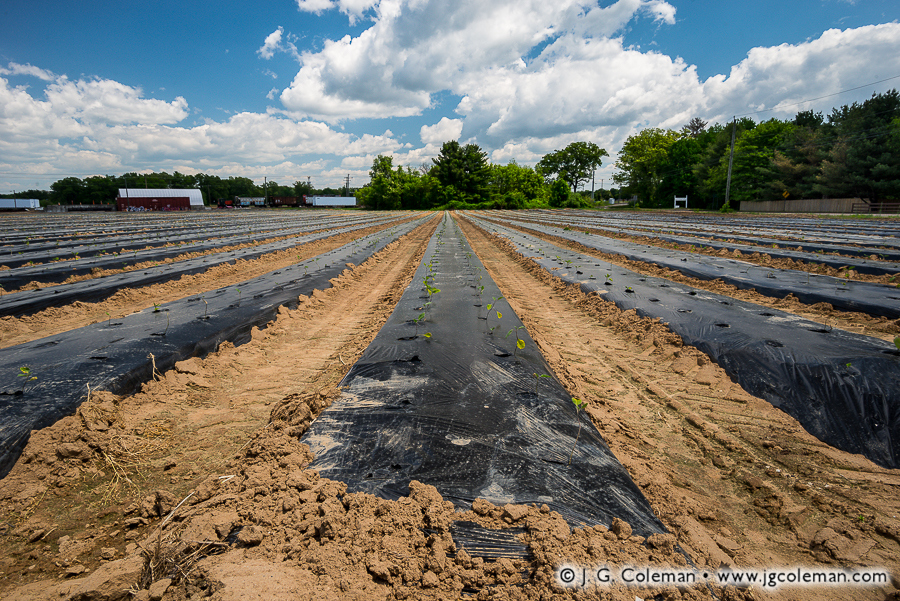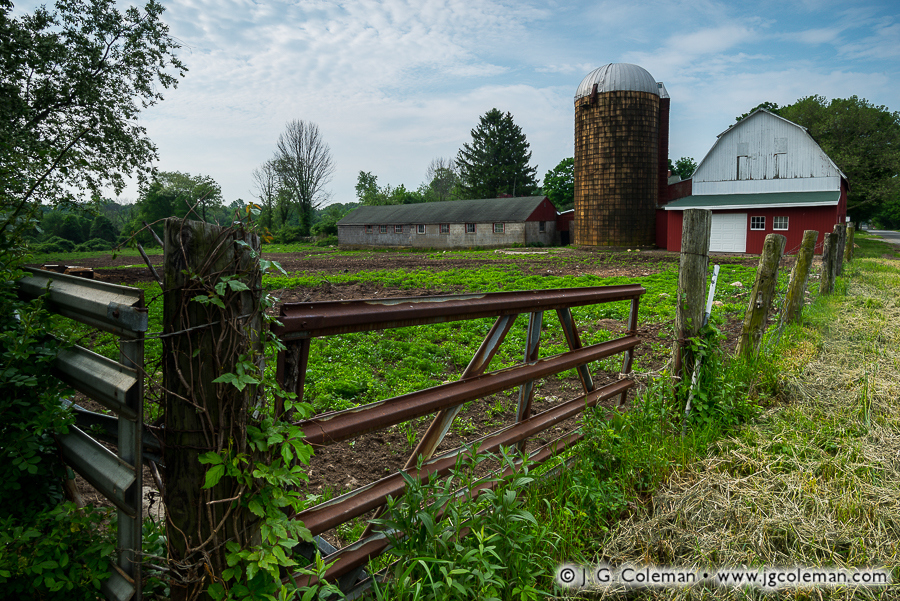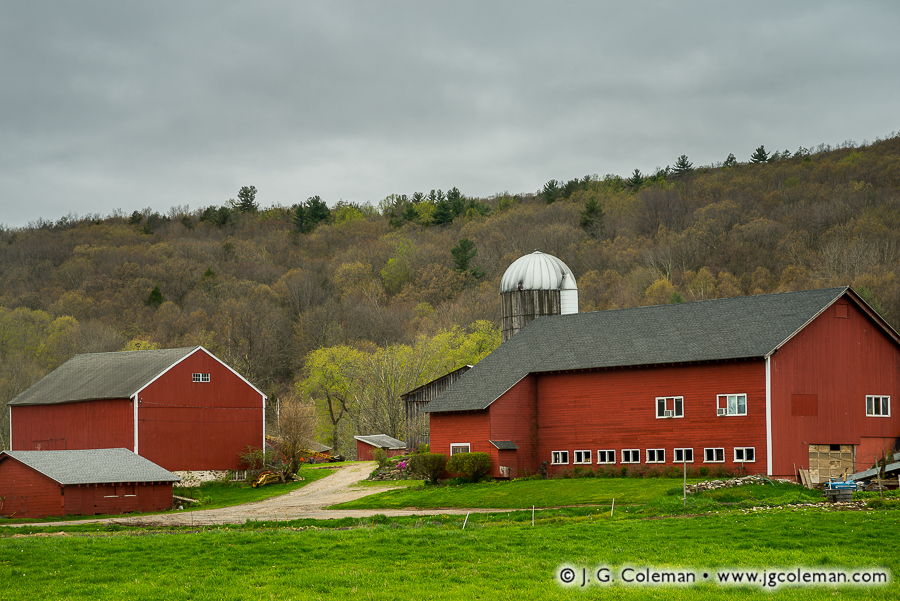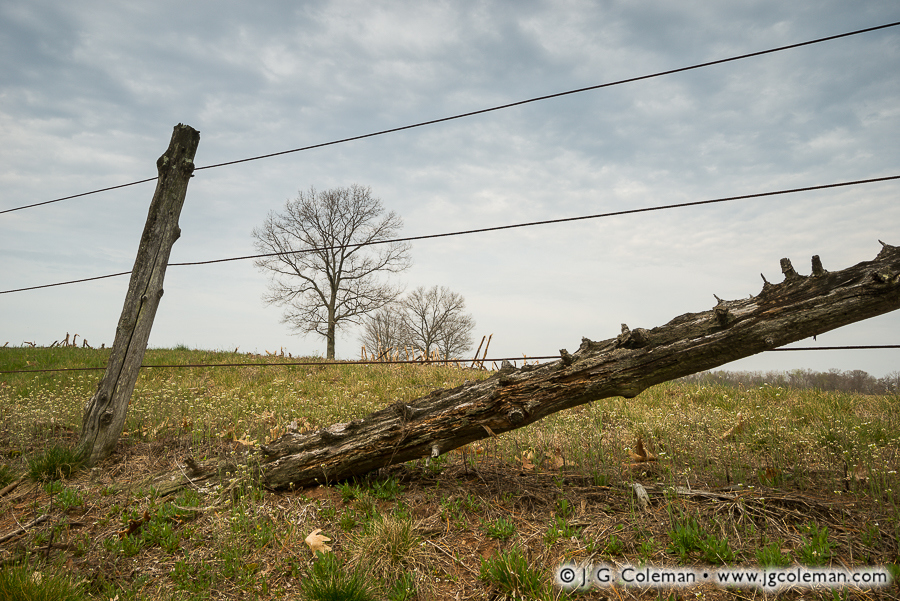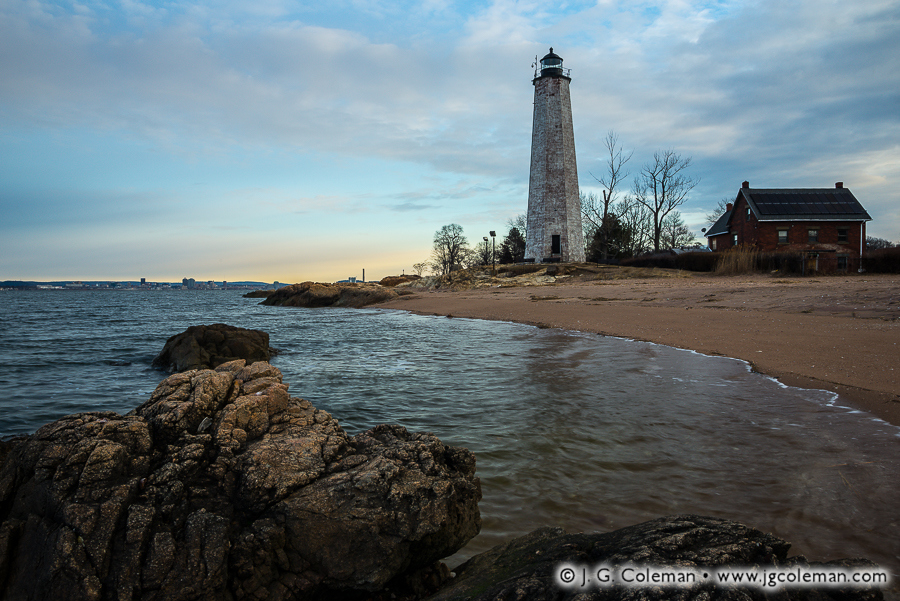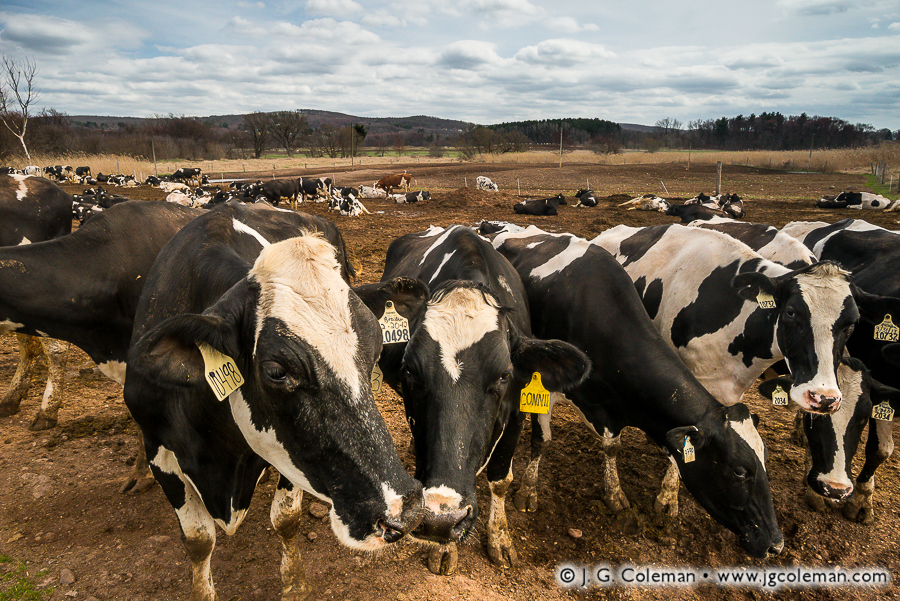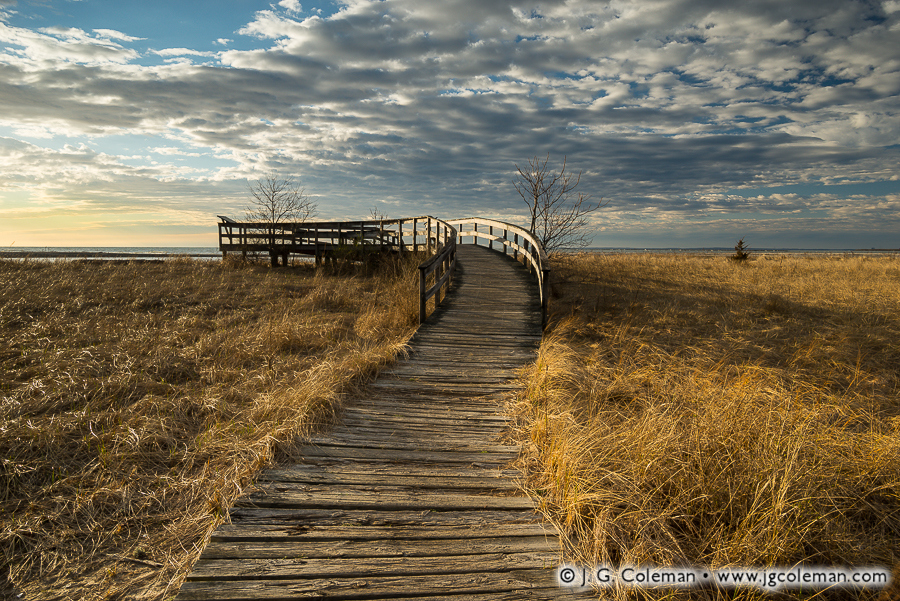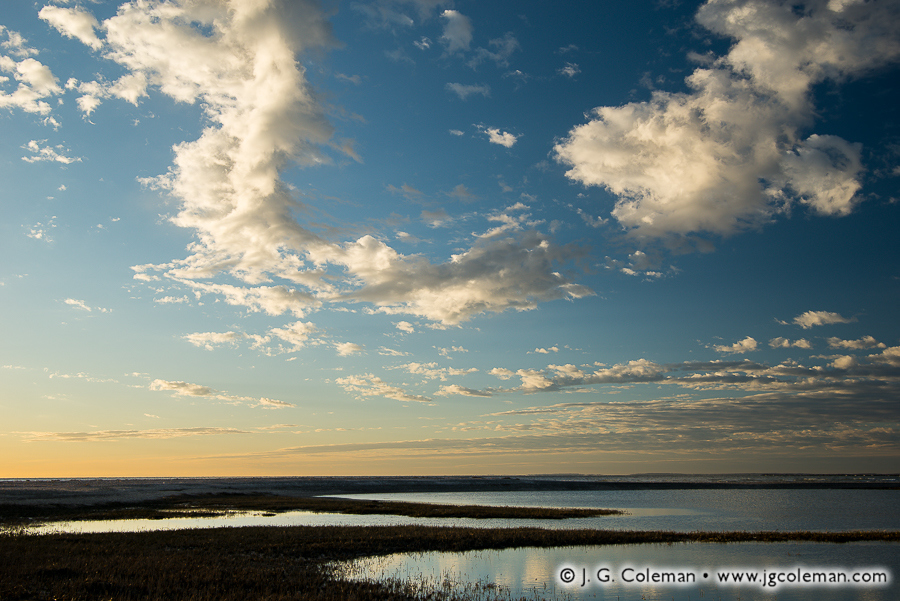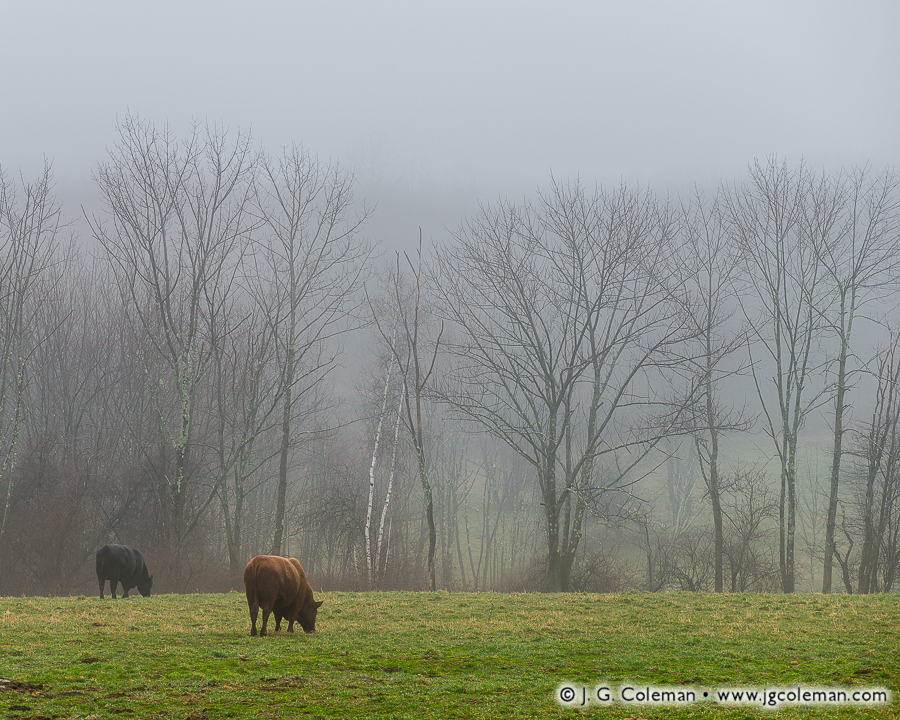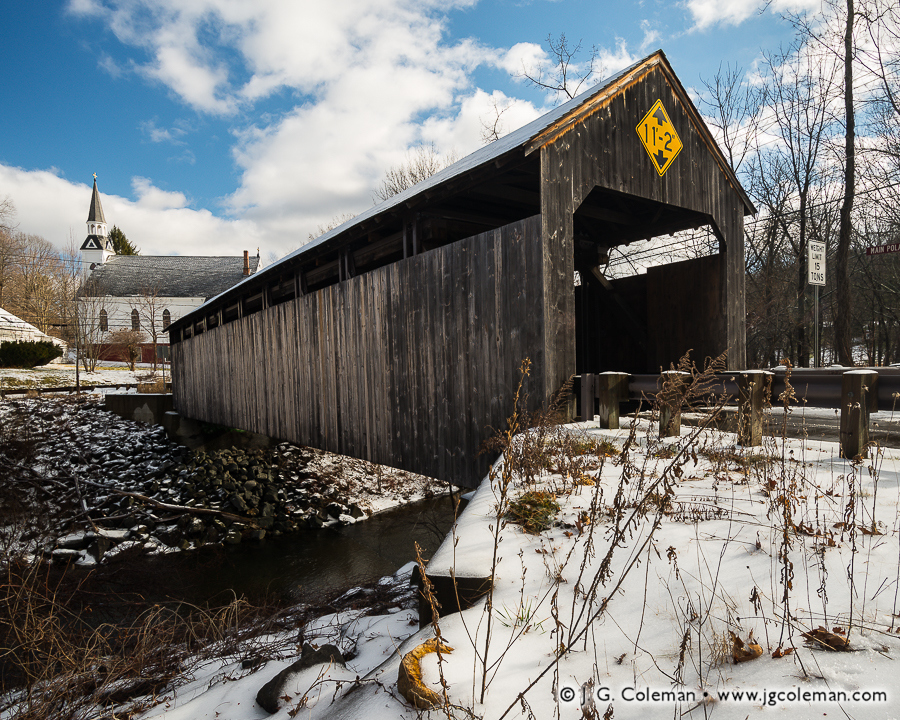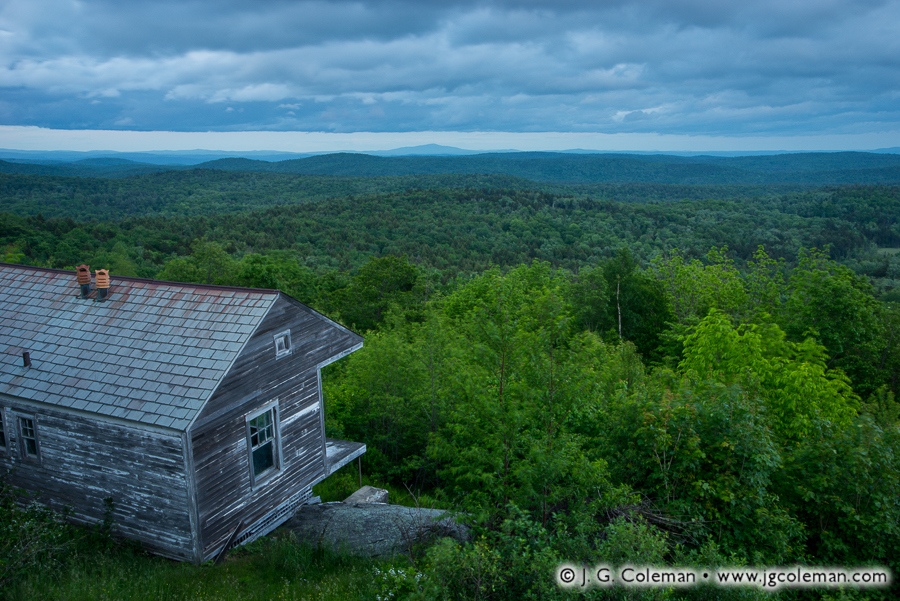
Old cabin atop Hogback Mountain, Marlboro, Vermont
© 2016 J. G. Coleman
A breath-taking vista, wrought in endless peaks and valleys and lined with wild forests, unfolds before the humble front porch of a rustic, old cabin nestled amidst Vermont’s Green Mountains.
I produced my latest release atop the 2,400-foot Hogback Mountain, a majestic overlook in Southern Vermont fittingly dubbed the “100-Mile View” which peers deeply into the neighboring mountainscapes of Massachusetts and New Hampshire.
Purchase a Fine Art Print or Inquire About Licensing
Click here to visit my landing page for “A Hundred Miles of Nightfall” to buy a beautiful fine art print or inquire about licensing this image.
Want to See More?
Be sure to check out all of the work from Vermont.


